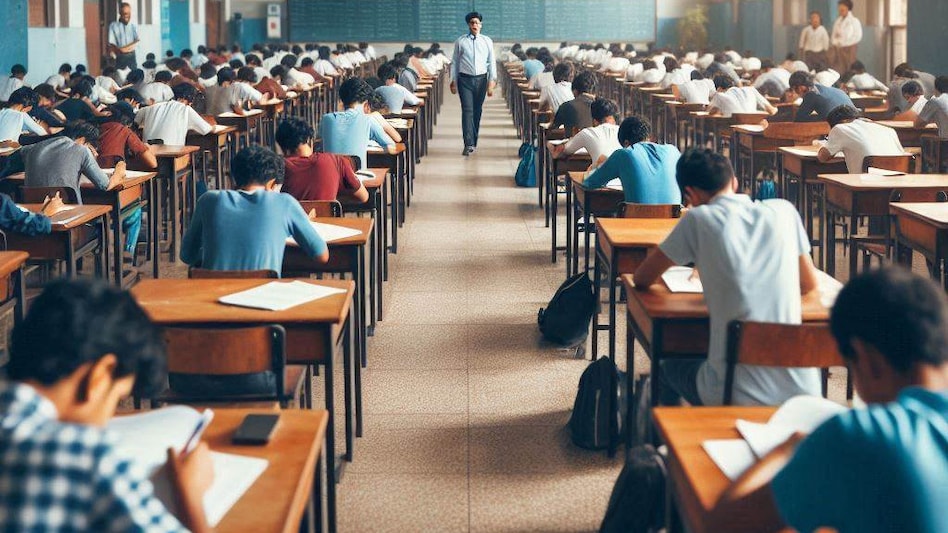 CBSE Board Exam 2025: Class 10, 12 practical exam dates released, check details here
CBSE Board Exam 2025: Class 10, 12 practical exam dates released, check details here CBSE Board Exam 2025: Class 10, 12 practical exam dates released, check details here
CBSE Board Exam 2025: Class 10, 12 practical exam dates released, check details hereThe Central Board of Secondary Education (CBSE) has released the detailed marks bifurcation for both Class 10 and Class 12 board exams scheduled for 2025. Each subject will continue to carry a total of 100 marks, which will encompass allocations for theory, practicals, projects, and internal assessments (IA).
The board's circular includes the following information:
1. Class: The grade level of students.
2. Subject Code: A unique identifier for each subject.
3. Subject Name: The name of the subject being taught.
4. Maximum Marks in Theory Examination: The highest score possible in the written exam.
5. Maximum Marks in Practical Examination: The highest score possible in the hands-on exam.
6. Maximum Marks in Project Assessment: The highest score for evaluating projects.
7. Maximum Marks in Internal Assessment: The highest score for internal evaluations (like quizzes and class participation).
8. External Examiner for Practical/Project Assessment: Indicates if an outside examiner will assess the practical or project work.
9. Practical Answer Books Provided by the Board: States whether the board will supply answer books for practical exams.
10. Types of Answer Books for Theory Examinations: Specifies the formats or types of answer books to be used in written exams.
Here are the links with detailed bifurcations for each subject:
The notification clarifies the timeline for practical examinations, with Class 10 practicals set to commence on January 1, 2025, followed by Class 12 practicals starting February 15, 2025. Students can find the complete marks distribution for a total of 83 subjects in Class 10 and 121 subjects in Class 12 on the official CBSE website.
The board has emphasiSed the necessity for schools to comply with proper procedures when uploading marks for practicals, projects, and internal assessments.
To facilitate the smooth execution of both practical and theoretical exams, CBSE has issued a circular that includes essential details such as subject codes, the division of marks between theory and practical components, and protocols regarding the appointment of external examiners. Furthermore, the circular specifies the type of answer books used during theoretical examinations.